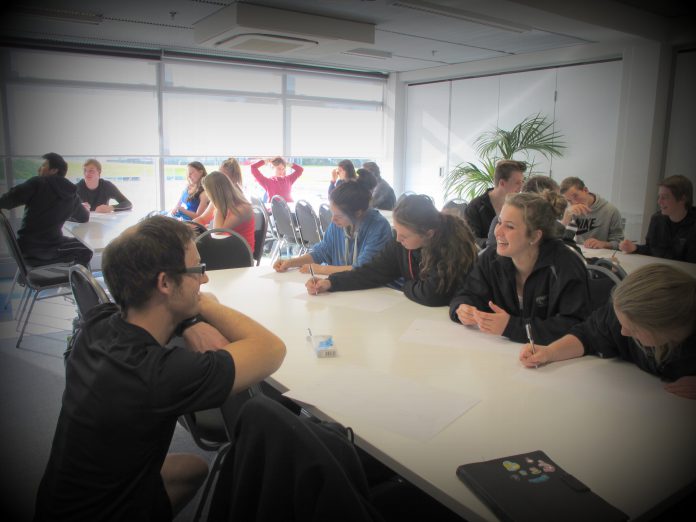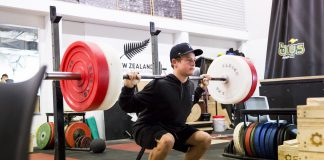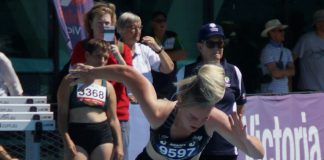Setting goals is easy. All you need to do is to decide what it is you really want and write it down. The hard part is what comes next. Making sure that whatever needs doing to achieve those goals gets done. When young athletes set goals they are held back by inexperience. In other words, they don’t really know what it actually takes to be the best they can be. And why would should they, right?
“Set SMART goals”, they’re told. Make them “specific, measurable, attainable, realistic and time-lined”. But specific to what? Measurable how? What really is attainable and realistic? And how long is it actually going to take? As the coach or teacher it’s our job to teach young athletes how to learn, not what to learn so that they have the ability to keep developing.
Below I propose a way to sharpen your pencil around setting goals with your athletes. It can’t just be a process that you go through every 6 weeks, file and forget. Your athletes need to live it every day.
1. Write down what it is they REALLY want. A long term (5 year) outcome. Encourage them to set this high. What have they got to lose?
Example: Play for my country in rugby aged 22
2. Write down 2-3 short term outcomes (1 year) that will help them to reach their major goal.
Examples: Play for my school’s 1st XI aged 17 or get selected for my region U18 representative side.
3. Here’s the hard part. You want your athletes to create a list of ‘work-ons’ required to achieve their short term goals. Remember, short term outcomes will provide the stepping stones to the major goal. This is hard because most young athletes simply won’t know.
So, the key here is for your athletes to learn to be resourceful. Encourage them to go away and find out. This will take some time and require imagination and effort. It will help them to break their work-ons into the four corners of athlete development:
- Physical – e.g. movement technique of major lifts in the gym and core strength
- Mental – e.g. self-belief
- Technical / tactical – e.g. passing on the run / defensive transition
- Self-management – e.g. organisation on game day
Here are some strategies you can suggest that will help your athletes to figure their work-ons out.
- Do some research. What are the best athletes in the sport really good at? The internet is great for this.
- Ask older athletes who have already made it. What did they do as a younger athlete? Or what would they do differently in hindsight?
- Talk to your coach. Sounds simple right? But asking the coach exactly what it is that needs improving is not always done.
- Seek advice from an expert
4. Once a list of work-ons has been created, then they must be prioritised. Improving many things at once is difficult. Get your athletes to prioritise ONE work-on from each corner of development by deciding what will have the biggest impact on achieving their short term goals.
5. Create an action plan for each work-on. Your athletes will need to ask themselves the following questions.
What do I need to do? Why do I need to do it? How are I going to do it? Who is going to help me? When am I going to do it by?
The plan should be as detailed as possible to begin with and clearly state when evaluation of progress will be completed (i.e. daily / weekly / monthly) and how this will be done.,
6. Get your athletes to make their plan known to their support people (e.g. coach / family and friends / peers). The more people who know about it the more understanding they will be, the more support they will get, and the harder it will be for them to not stick to.
Evaluate overall progress every 6-8 weeks and adjust where necessary from step 3. Athletes need to live the goal setting process every day so that real-life context and purpose is clear and the achievement of goals actually eventuates.





































